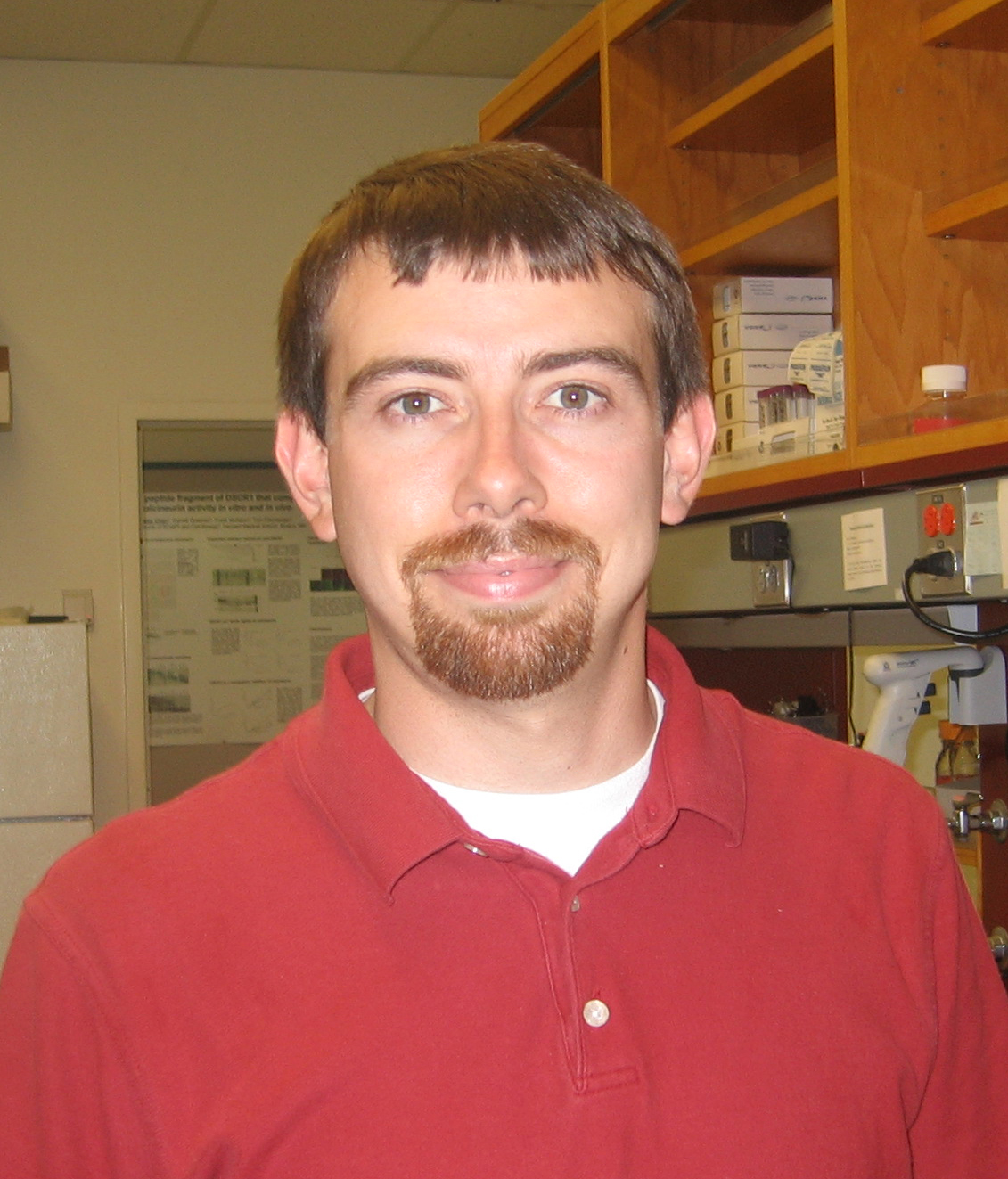Below is a summary of the abstract you submitted. Presenting author(s) is shown in bold.
If any changes need to be made, you can modify the abstract or change the authors.
You can also download a .docx version of this abstract.
If there are any problems, please email Dan at dar78@pitt.edu and he'll take care of them!
This abstract was last modified on March 15, 2021 at 4:37 p.m..

When temperate bacteriophages enter the lysogenic cycle, they carefully control lytic gene expression using a repressor protein. Repressors bind to specific target DNA sequences to prevent the transcription of lytic genes, and despite their critical role in maintaining lysogeny and providing immunity to other bacteriophages, our understanding of repressor function to date is limited. The best characterized actinobacteriophage repressor protein is from the cluster A2 mycobacteriophage L5. Biochemical studies of this protein reveal that the L5 repressor is unusual as compared to the well-characterized lambda phage repressor protein CI. Work from the Hatfull laboratory revealed that, unlike CI which binds as dimer to two operator sequences, the L5 protein binds as a monomer to >20 asymmetric DNA binding sites located throughout the genome. While the N-terminus of the L5 repressor contains a predicted helix-turn-helix (HTH) DNA binding domain, programs such as HHpred fail to predict functions for the remainder of the protein. Therefore, the molecular details of how the L5 repressor engages DNA in order to inhibit lytic gene expression remain unknown.
To shed light on mycobacteriophage repressor function, we sought to determine the X-ray crystal structure of an A2 repressor bound to DNA. Our target protein was the repressor from the A2 bacteriophage TipsytheTRex, which is 98% identical to the L5 repressor. TipsytheTRex was the first bacteriophage discovered at Western Carolina University in 2015, and it contains the same asymmetric DNA binding consensus sequence as L5 located throughout its genome. We have determined the crystal structure of the TipsytheTRex repressor bound to DNA at 3.15 A resolution, and the structure reveals that the repressor engages DNA with not one, but two DNA binding domains. The first is the predicted N-terminal HTH domain, while the second DNA binding domain appears to be a novel fold. The structure shows that both domains engage both strands of the duplex DNA at the consensus sequence, and current efforts are focused on mutating residues that are engaging the DNA substrate in order to better understand which amino acids are critical for transcriptional silencing. Along with the two DNA binding domains, the repressor also contains an intrinsically disordered domain at the very C-terminus, which contains a high content of acid amino acid residues. This C-terminal domain does not engage the DNA substrate, and we hypothesize that this part of the repressor binds other protein(s) in the cell and is important in regulating transcriptional control.

